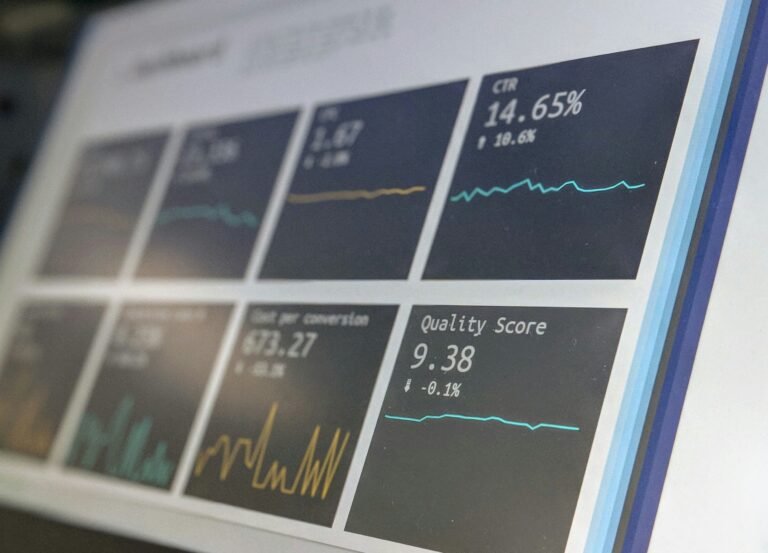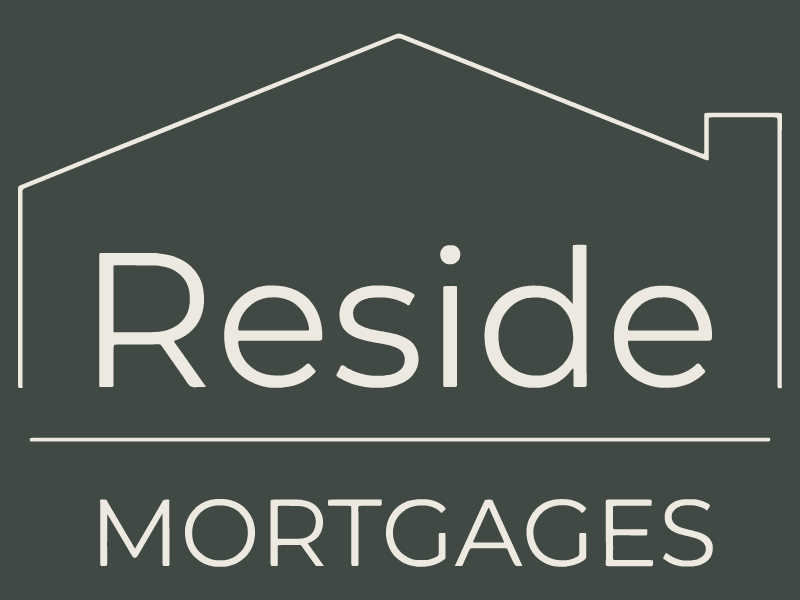What’s the difference between a fixed rate and a variable rate?
So there are two different types of interest rates available; a fixed rate mortgage or a variable rate mortgage.
Fixed rates do exactly what they say on the tin; they’re fixed at a certain rate for a certain period of time, most commonly 2 or 5 years. Some lenders offer other fixed periods eg. 3, 7 or 10 years and most recently the full term fixed rate (so fixed for 25 or 35 years or whatever your overall mortgage term is).
Most fixed rates will tie you in with an early repayment charge (ERC) for that fixed period but the main advantage of a fixed rate mortgage is that it provides complete stability for homeowners who prefer to have a consistent monthly payment amount.
In comparison to variable rate mortgages, you find that you’ll pay slightly more for the fixed rates but you’re paying for that complete stability and peace of mind.
Variable rates are not fixed in place, so your monthly payment can change (go up or down) in line with the market.
Traditionally they can be lower than fixed rates and most come without any ERCs.
Variable rates are there for when you want to gamble on the rate potentially decreasing or prefer a deal that won’t tie you in with any charges.
What is a Standard Variable Rate (SVR)?
A Standard Variable Rate (SVR) is a type of interest rate that is offered by mortgage lenders. It’s the default interest rate that borrowers are moved onto after the end of an introductory period, such as a fixed rate or discounted rate period.
The SVR is determined by the lender and can vary depending on market conditions, economic factors, and the lender’s own business strategy. The SVR can typically move up and down in line with changes to the Bank of England’s base rate, but the lender is not required to pass on any changes to borrowers. In other words it does not track the Bank of England base rate.
Unlike fixed-rate mortgages, the interest rate on an SVR mortgage can change at any time. This means that borrowers on an SVR mortgage may see their monthly repayments increase or decrease over time. Borrowers who want to ensure more predictable monthly payments may choose to switch to a fixed-rate mortgage or a tracker mortgage, which tracks the Bank of England’s base rate.
It is important to note that borrowers on an SVR mortgage are not tied into the mortgage and can switch to another mortgage product or remortgage to another lender at any time without incurring any early repayment charges. However, borrowers should be aware that some lenders may charge a fee (redemption fee) for switching products or remortgaging.

What’s a tracker rate mortgage?
Tracker mortgages are linked to a specific interest rate, such as the Bank of England (BoE) base rate, and will increase or decrease depending on changes in that rate.
For example they will give you a rate that tracks at 1.50% above Base Rate. Which means your payment will be 1.50% + whatever the Base Rate is that month. If the Base Rate changes the following month, then so will your payment for that month.
A bit of a gamble but they certainly have their place given the main advantage of most Base Rate trackers is they do not have any ERCs (Early Repayment Charges).
What is a discounted variable rate?
These rates are offered by lenders at a discount on their own Standard Variable Rate for a set period of time.
For example, the discount might be 1% of the SVR (usually displayed as SVR-1%). If the SVR is 4% then you’ll be charged 3% interest on your mortgage until that SVR rate changes.
Discounted variable rates most commonly come with ERCs (Early Repayment Charges) and are usually 2 year deals.

What is a fixed rate mortgage?
A fixed rate is a type of mortgage where the interest rate remains the same throughout the term of that product. So a 2 year fixed rate at 2.50% means you will pay 2.50% for the 2 years, irrelevant of what’s going on in the market at that time.


